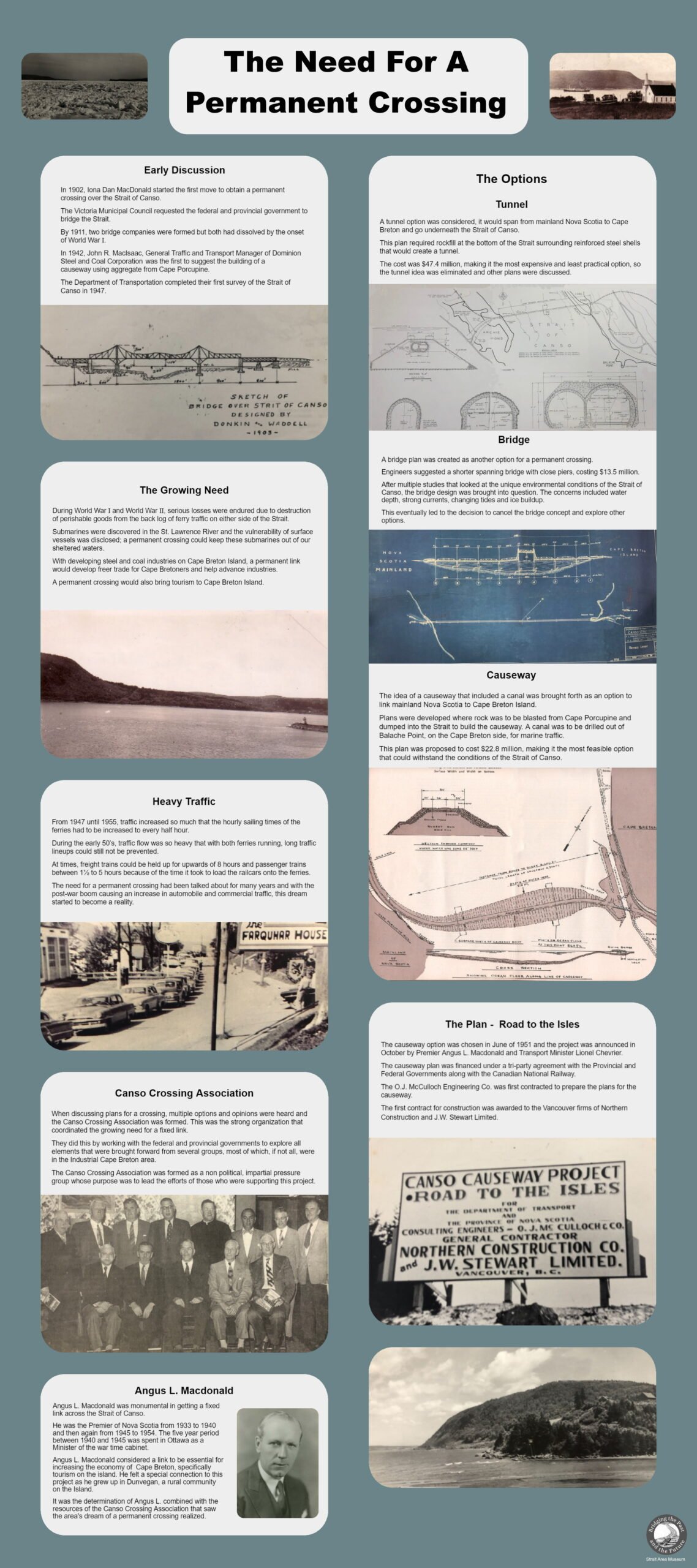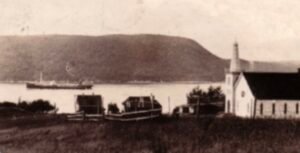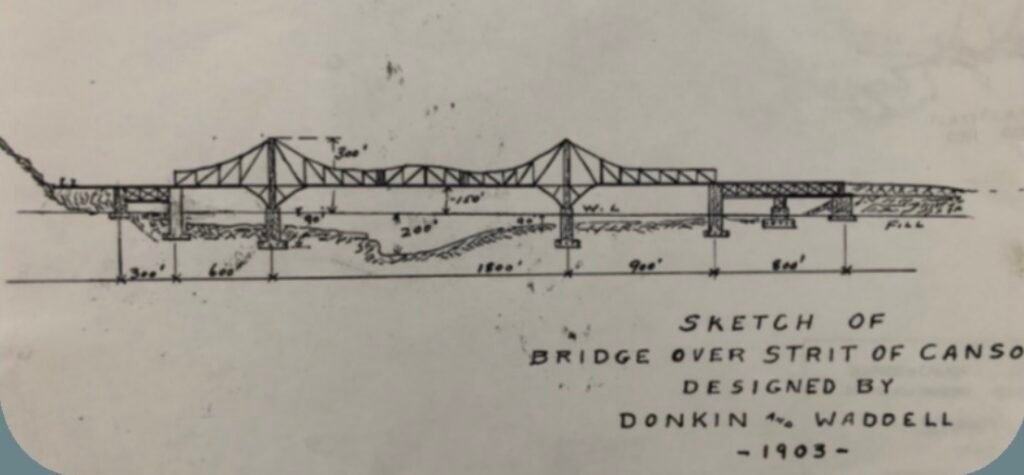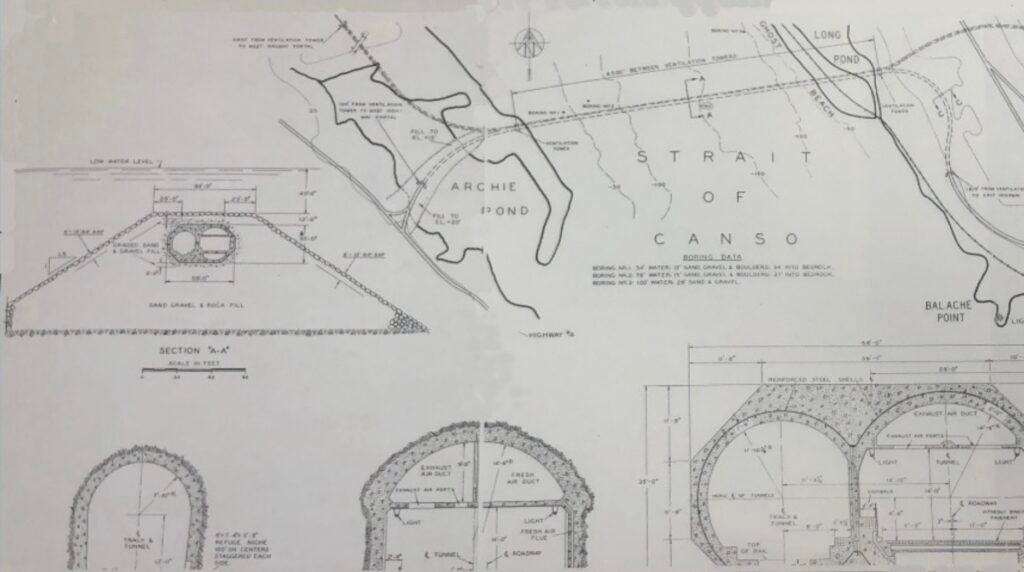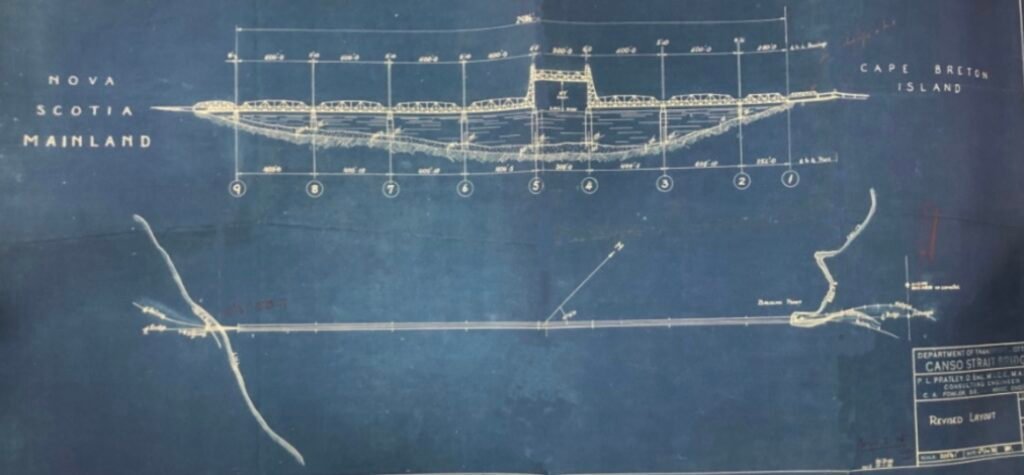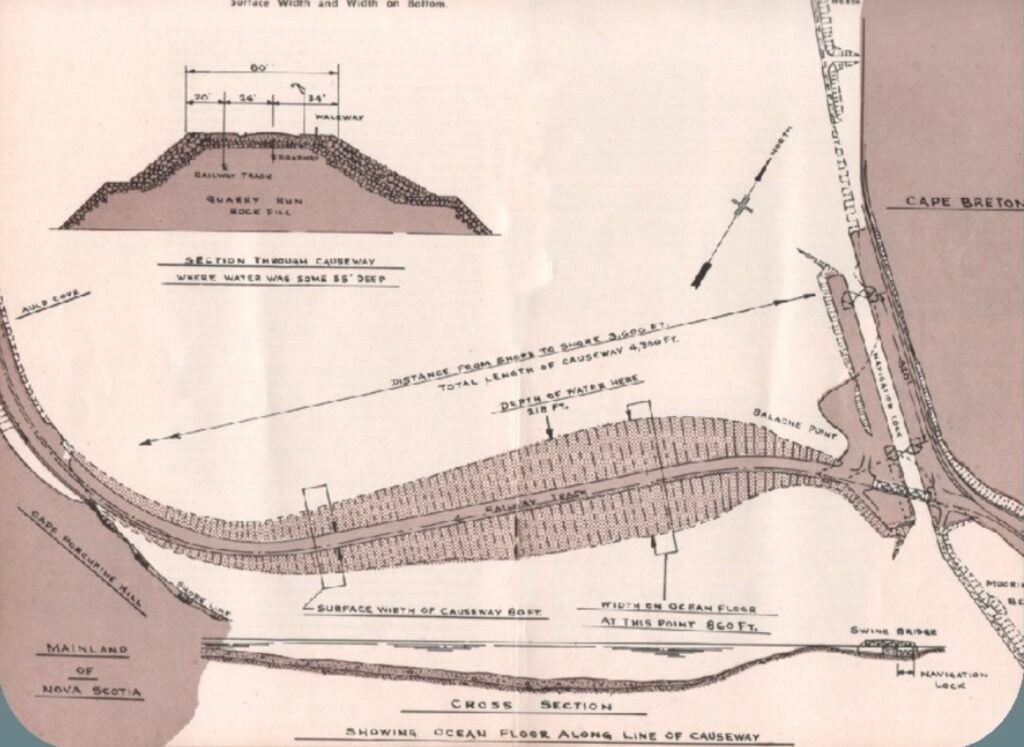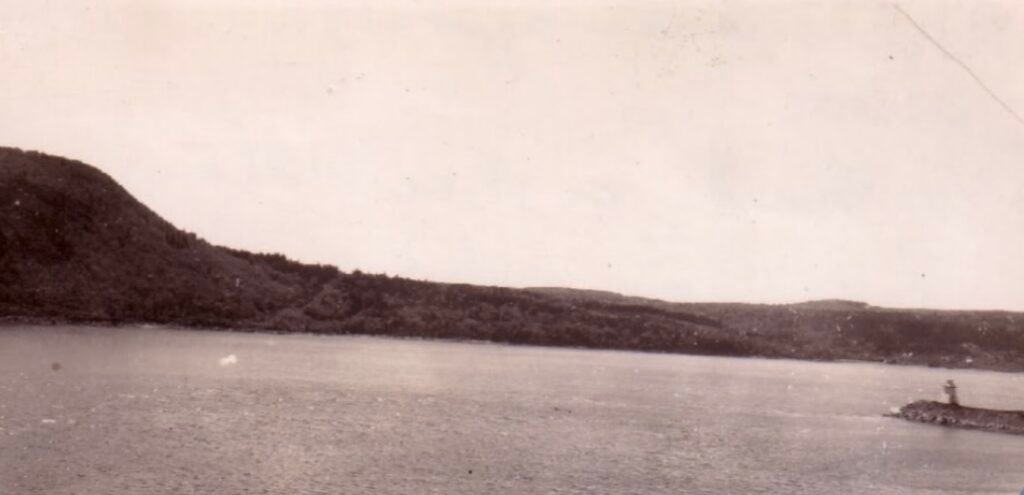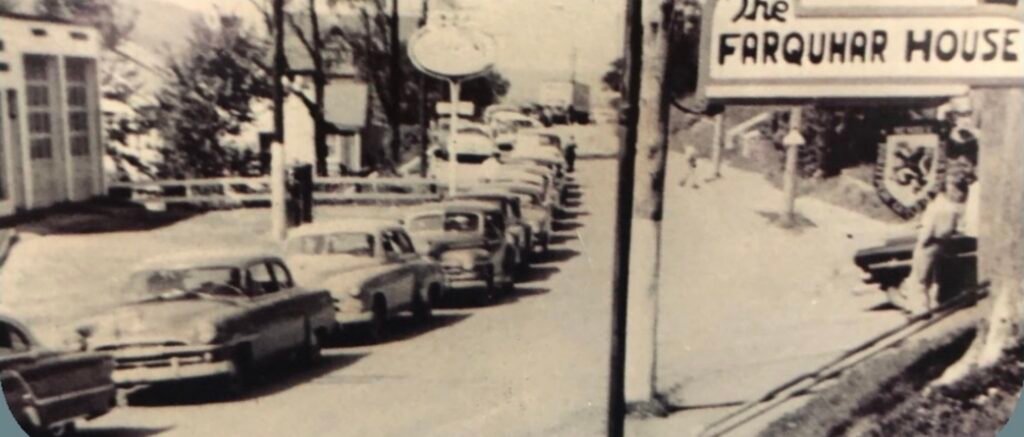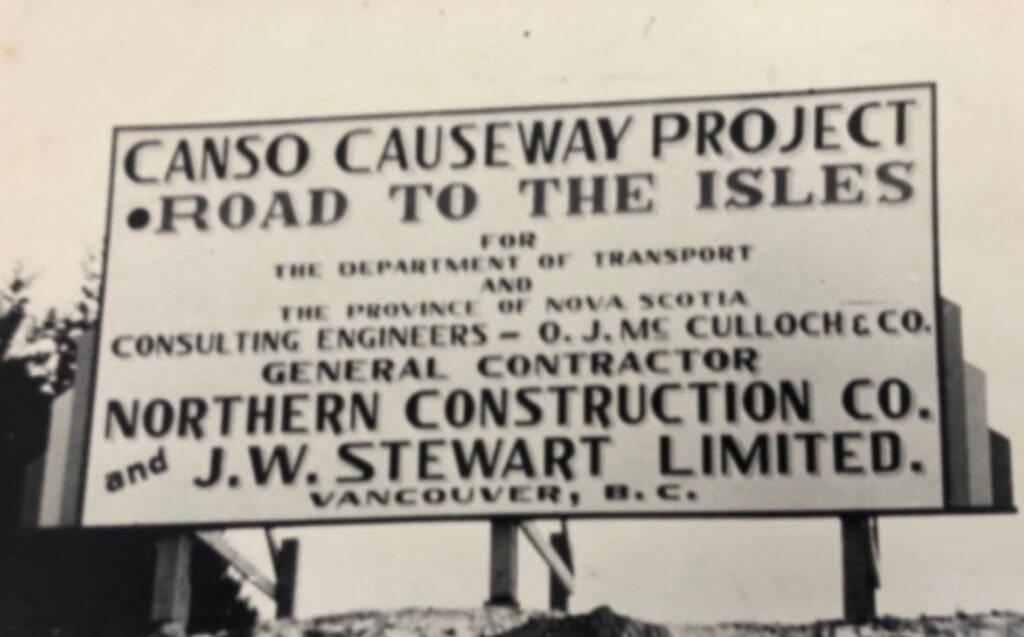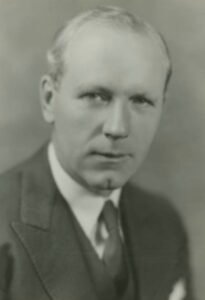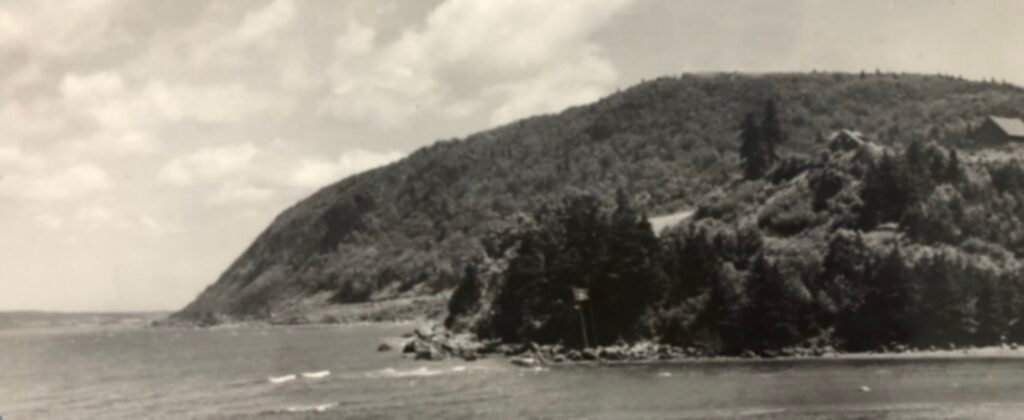The Need For A Permanent Crossing
Early Discussion
In 1902, Iona Dan MacDonald started the first move to obtain a permanent crossing over the Strait of Canso.The Victoria Municipal Council requested the federal and provincial government to bridge the Strait.By 1911, two bridge companies were formed but both had dissolved by the onset of World War I.In 1942, John R. MacIsaac, General Traffic and Transport Manager of Dominion Steel and Coal Corporation was the first to suggest the building of a causeway using aggregate from Cape Porcupine.The Department of Transportation completed their first survey of the Strait of Canso in 1947.The Options
Tunnel
A tunnel option was considered. It would span from mainland Nova Scotia to Cape Breton and go underneath the Strait of Canso.This plan required rockfill at the bottom of the Strait surrounding reinforced steel shells that would create a tunnel.The cost was $47.4 million, making it the most expensive and least practical option, so the tunnel idea was eliminated and other plans were discussed.
Bridge
A bridge plan was created as another option for a permanent crossing.Engineers suggested a shorter spanning bridge with close piers, costing $13.5 million.After multiple studies that looked at the unique environmental conditions of the Strait of Canso, the bridge design was brought into question. The concerns included water depth, strong currents, and high winds.This eventually led to the decision to cancel the bridge concept and explore other options.
Causeway
The idea of a causeway that included a canal was brought forth as an option to link mainland Nova Scotia to Cape Breton Island.Plans were developed where rock was to be blasted from Cape Porcupine and dumped into the Strait to build the causeway. A canal was to be drilled out of the rock on the Cape Breton side, to maintain traffic.This plan was proposed to cost $22.8 million, making it the most feasible option that could withstand the conditions of the Strait of Canso.The Growing Need
During World War I and World War II, serious losses were endured due to destruction of perishable goods from the back log of ferry traffic on either side of the Strait.Submarines were discovered in the St. Lawrence River and the vulnerability of surface vessels was disclosed; a permanent crossing could keep these submarines out of our sheltered waters.With developing steel and coal industries on Cape Breton Island, a permanent link would develop free trade for Cape Bretoners and help advance industries.A permanent crossing would also bring tourism to Cape Breton Island.
Heavy Traffic
From 1947 until 1955, traffic increased so much that the hourly sailing times of the ferries had to be increased to every half hour.During the early 50’s, traffic flow was so heavy that with both ferries running, long traffic lines could still not be prevented.At times, freight trains could be held up for upwards of 8 hours and passenger trains between 5 to 6 hours because of the time it took to load the railcars onto the ferries.The need for a permanent crossing had been talked about for many years and with the post-war boom causing an increase in automobile and commercial traffic, this dream started to become a reality.
Canso Crossing Association
When discussing plans for a crossing, multiple options and opinions were heard and the Canso Crossing Association was formed. This was the strong organization that coordinated the growing need for a fixed link.They did this by working with the federal and provincial governments to explore all the elements that were brought forward from several groups, most of which, if not all, were in the industrial Cape Breton area.The Canso Crossing Association was formed as a non political, impartial pressure group whose purpose was to lead the efforts of those who were supporting this project.
The Plan – Road to the Isles
The causeway option was chosen in June of 1951 and the project was announced in October by Premier Angus L. Macdonald and Transport Minister Lionel Chevrier.The causeway plan was financed under a tri-party agreement with the Provincial and Federal Governments along with the Canadian National Railway.The O.J. McCulloch Engineering Co. was first contracted to prepare the plans for the causeway.The first contract for construction was awarded to the Vancouver firms of Northern Construction and J.W. Stewart Limited.
Angus L. Macdonald
Angus L. Macdonald was monumental in getting a fixed link across the Strait of Canso.He was the Premier of Nova Scotia from 1933 to 1940 and then again from 1945 to 1954. The five year period between 1940 to 1945 was spent in Ottawa as a member of the wartime cabinet.Angus L. Macdonald considered a link to be essential for the economic growth of Cape Breton, specifically in terms of the steel industry. He spoke on the importance of this crossing in Dunvegan, a rural community on the western side of Cape Breton Island.It was the determination of Angus L. Combined with the resources of the Canso Crossing Association that saw the area’s dream of a permanent crossing realized.
LINK TO FACEBOOK VIDEO:


